The first time I visited Oceanic Arts in Whittier, California, I wasn't in the market to buy any tropical or Polynesian decor. But since it's the world's leading supplier of it—and the longest continually operating manufacturer of such products—it felt like a pilgrimage I needed to make.
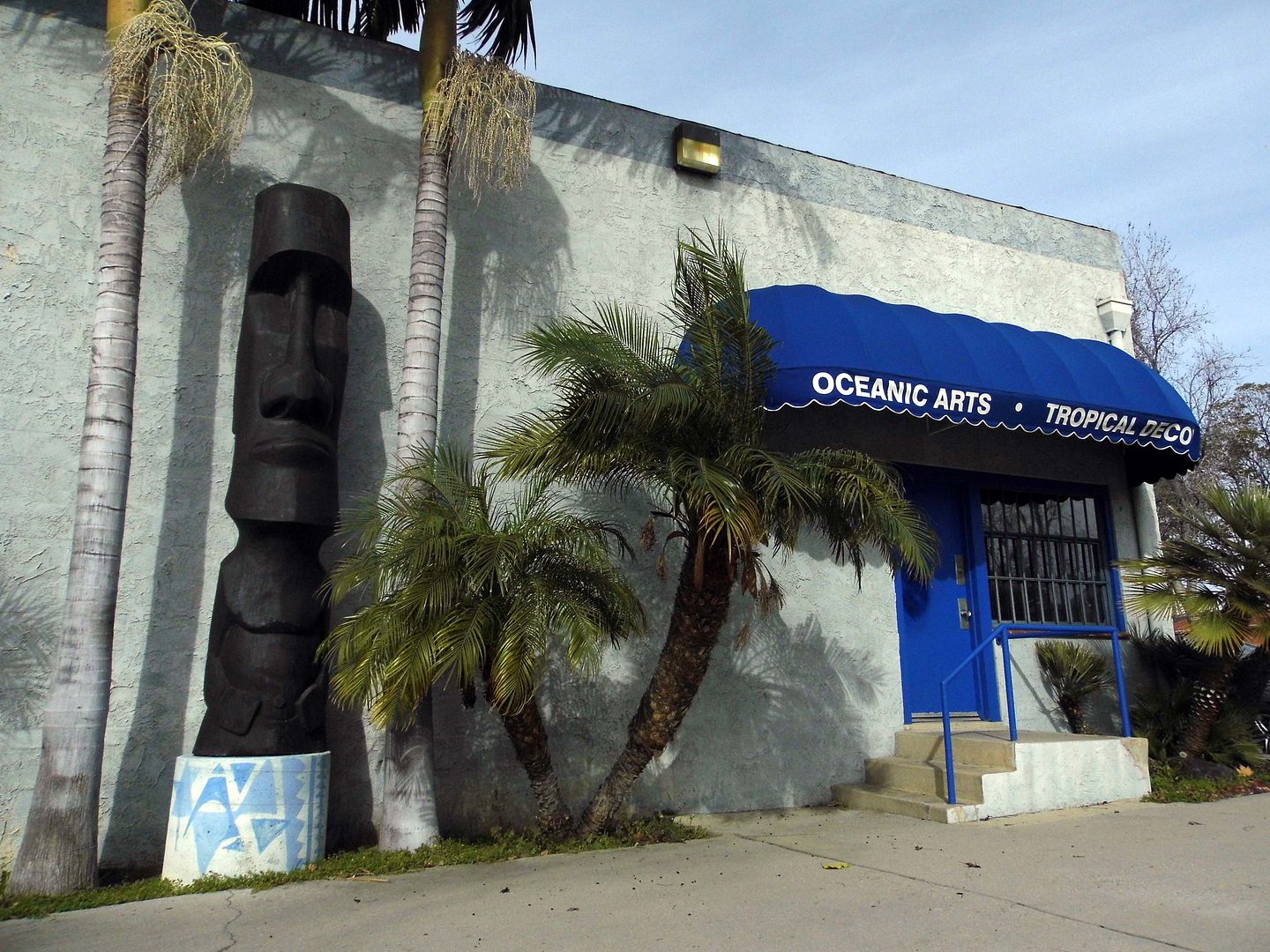
Although Oceanic Arts was first established by co-founders Leroy Schmaltz and Bob Van Oosting in 1956 (as Schmaltz-Van Oosting)—with more than 65 years of "aloha spirit," as they say—it's been in this 10,000 square foot warehouse since 1990.

But it's been closed as of November 24, 2021—partially due to the pandemic (although the "stay at home" orders gave people a good excuse to work on their home tiki bars), but mostly because Leroy and Bob are in their late 80s and decided it was time to retire.
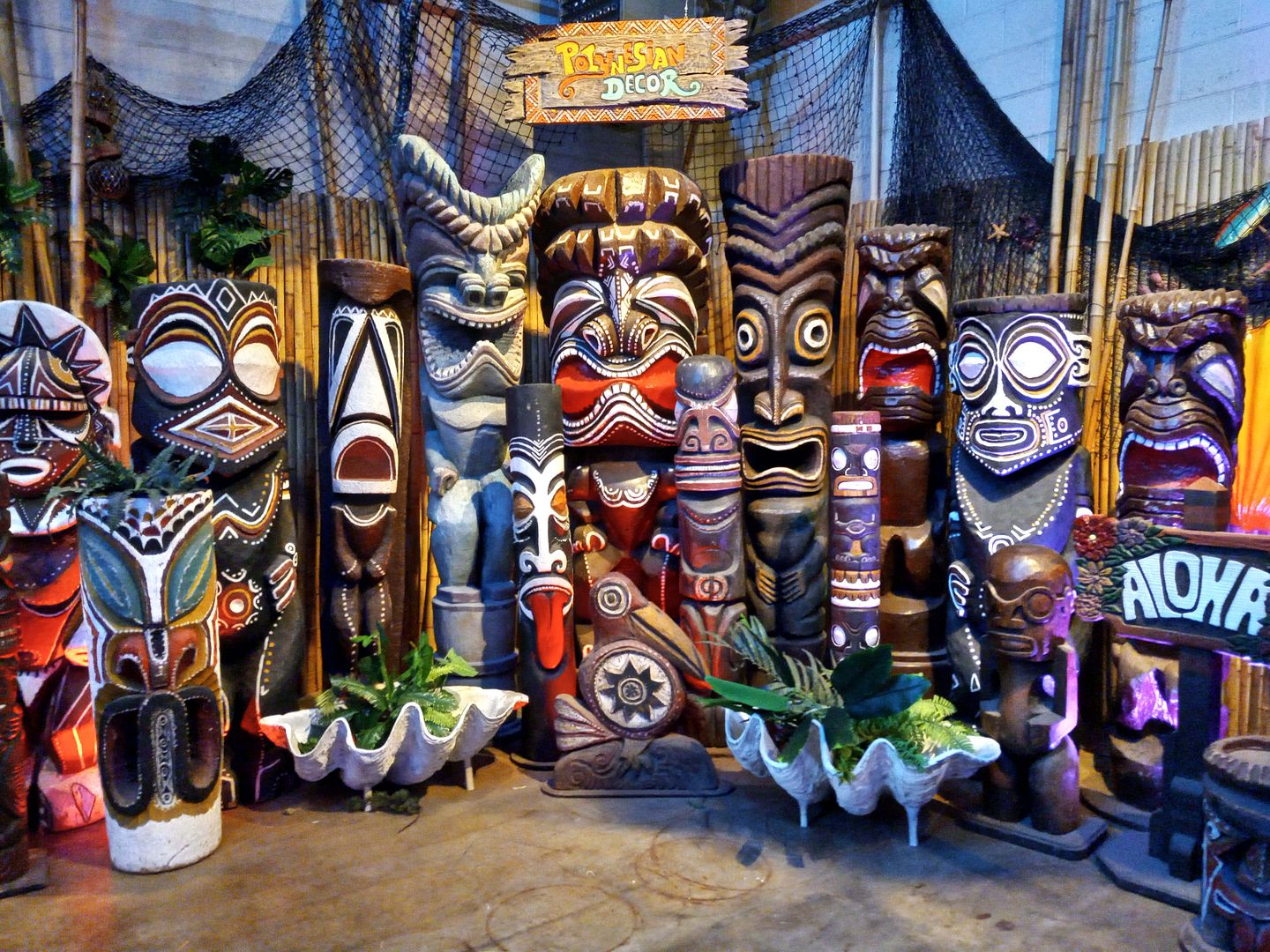
In their honor, Pasadena-based Peekaboo Gallery put together a hardbound coffee table book, a two-day auction, and a month-long series of events for which they transformed the OA retail and wholesale showroom into a bona fide historical exhibit.
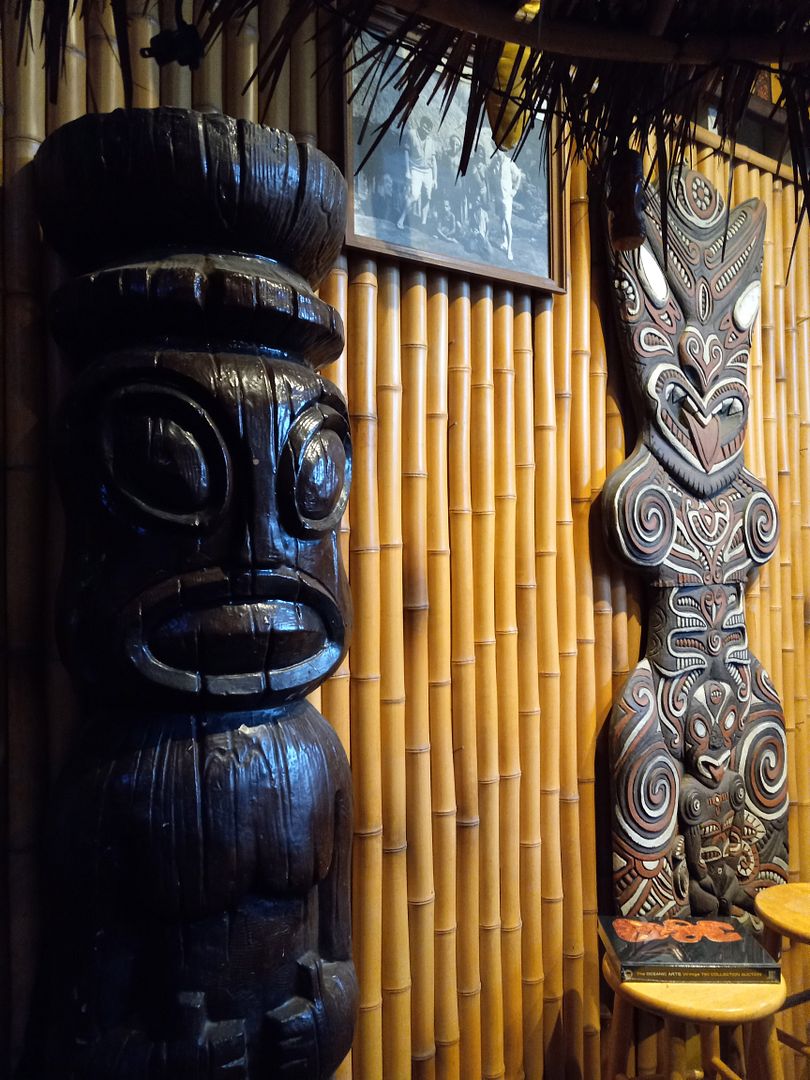
So, on Saturday night, I returned to Oceanic Arts for the first "Aloha OA!" event in honor of the "Godfathers of Tiki"—where I got to admire their work, like carved Hawaiian Ku and Rarotonga figures, finally displayed properly.

Among the historical artifacts and items that were once available for purchase or rent are also framed sketches, drawings, and even architectural renderings (including for some of their work with famed architects Armet and Davis).

Leroy, who'd been trained in fine arts, began his career in tropicalia and Hawaiiana making masks out of palm fronds. Then, in 1960, he and Bob made what they call "The Big Trip"—traveling over 33,000 miles to and throughout the South Pacific, from Hawaii to New Zealand and all the islands in between that they could.
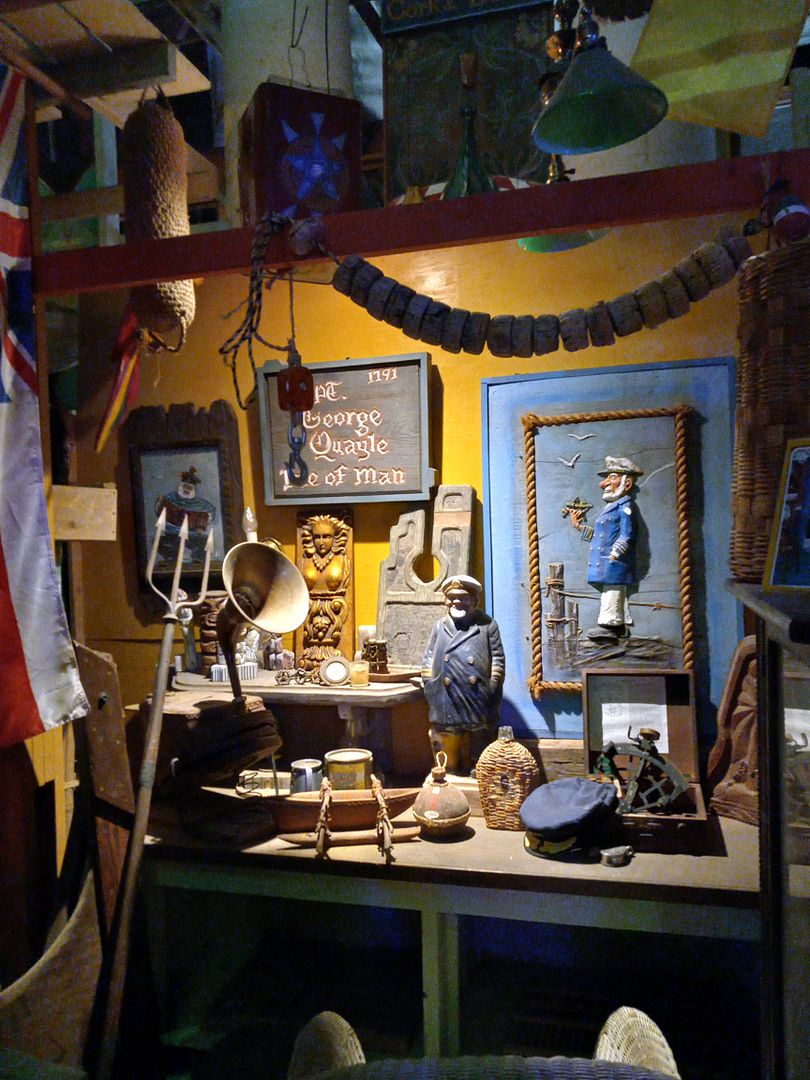
After finding new items and learning more about indigenous arts, they returned to California with a new name—"Oceanic Arts"—and contacts to help them source certain materials from China, Hong Kong, Taiwan, the Philippines, and even Mexico.
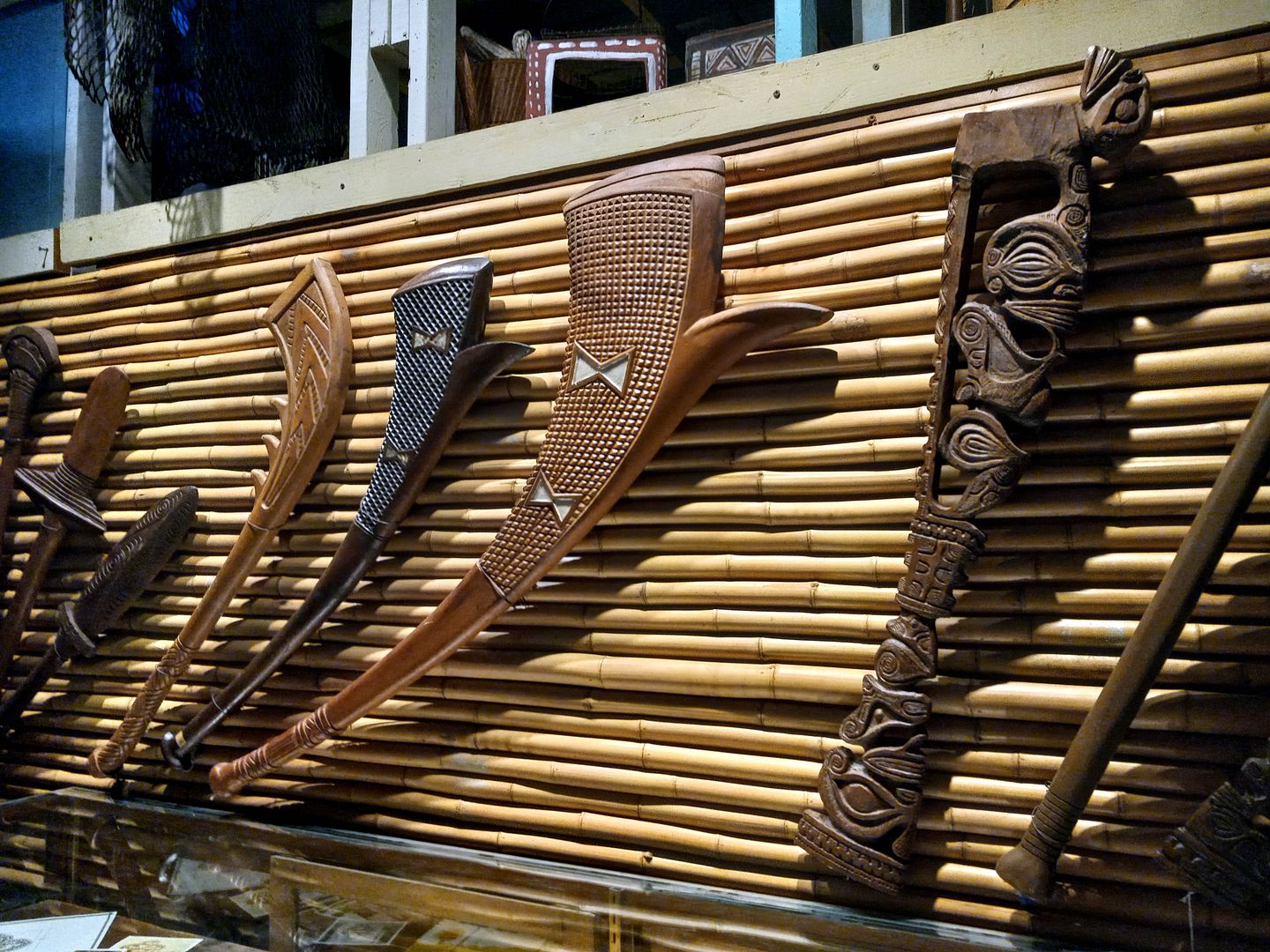
But they became most famous—and well sought-after—for the decorative items they carved themselves, inspired by what they'd seen abroad. That included Maori war clubs, Fiji clubs, Easter Island paddles, skull hooks, and more.
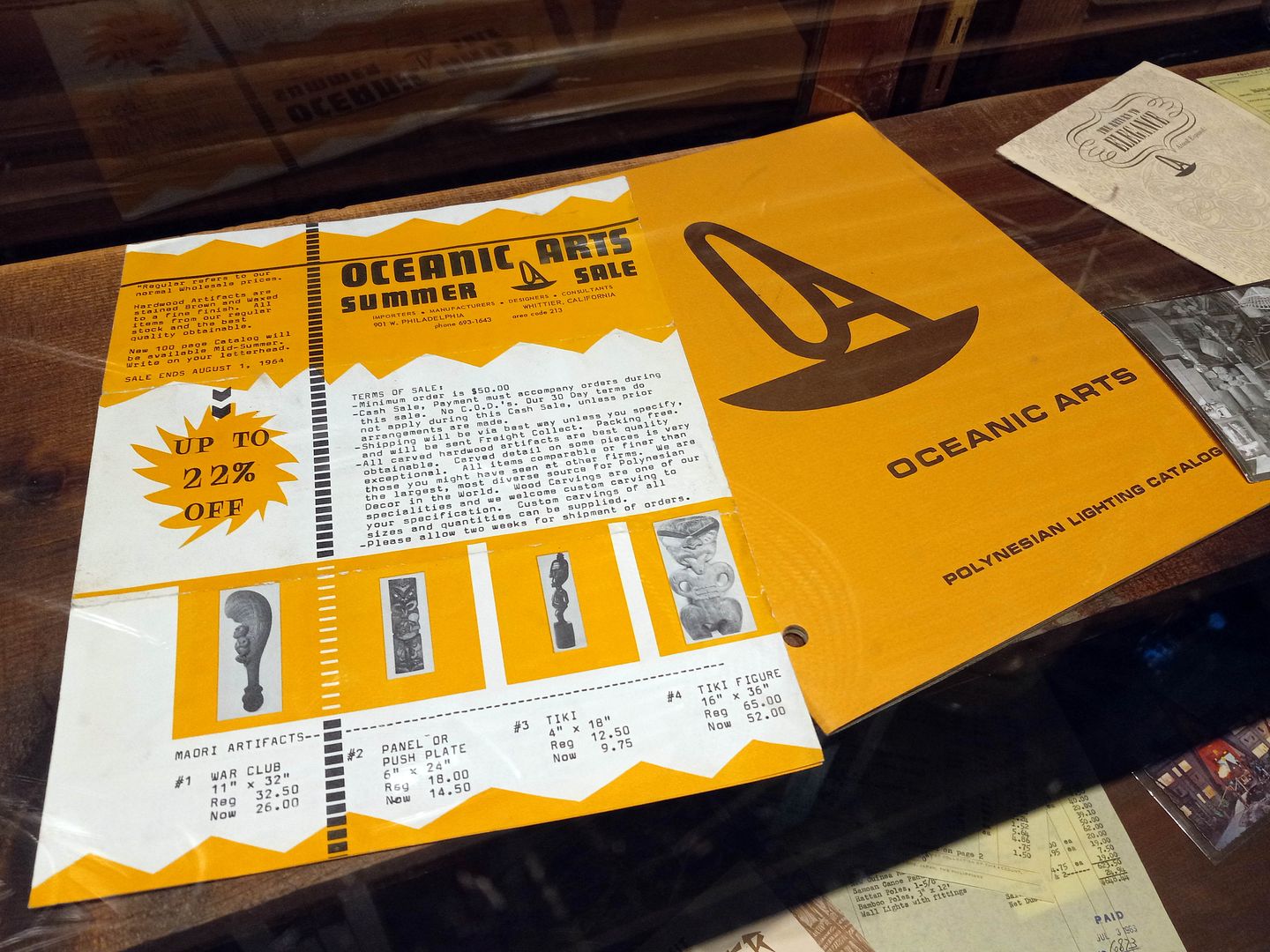
Oceanic Arts became the go-to for authentically-styled tropical decor...
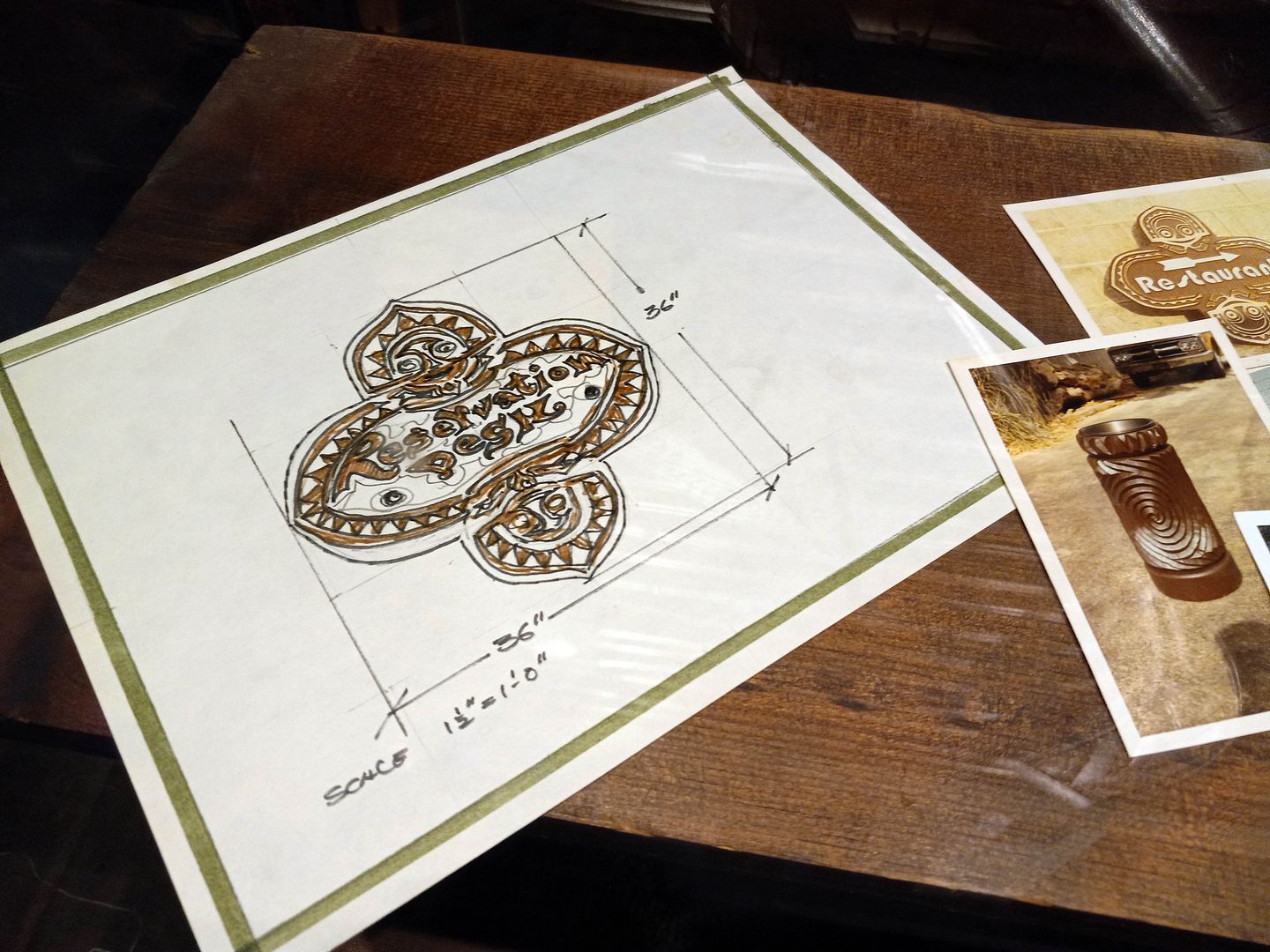
...as well as contrived Polynesian arts, a.k.a. Polynesian Pop or kitsch, a uniquely American perspective on the symbolism and effigies of the South Seas.

They used mostly palm wood to create ceremonial posts, door pulls, shields, puka screen tiles, and tikis (the latter of which were also reproduced in fiberglass to make them lighter and more portable)...
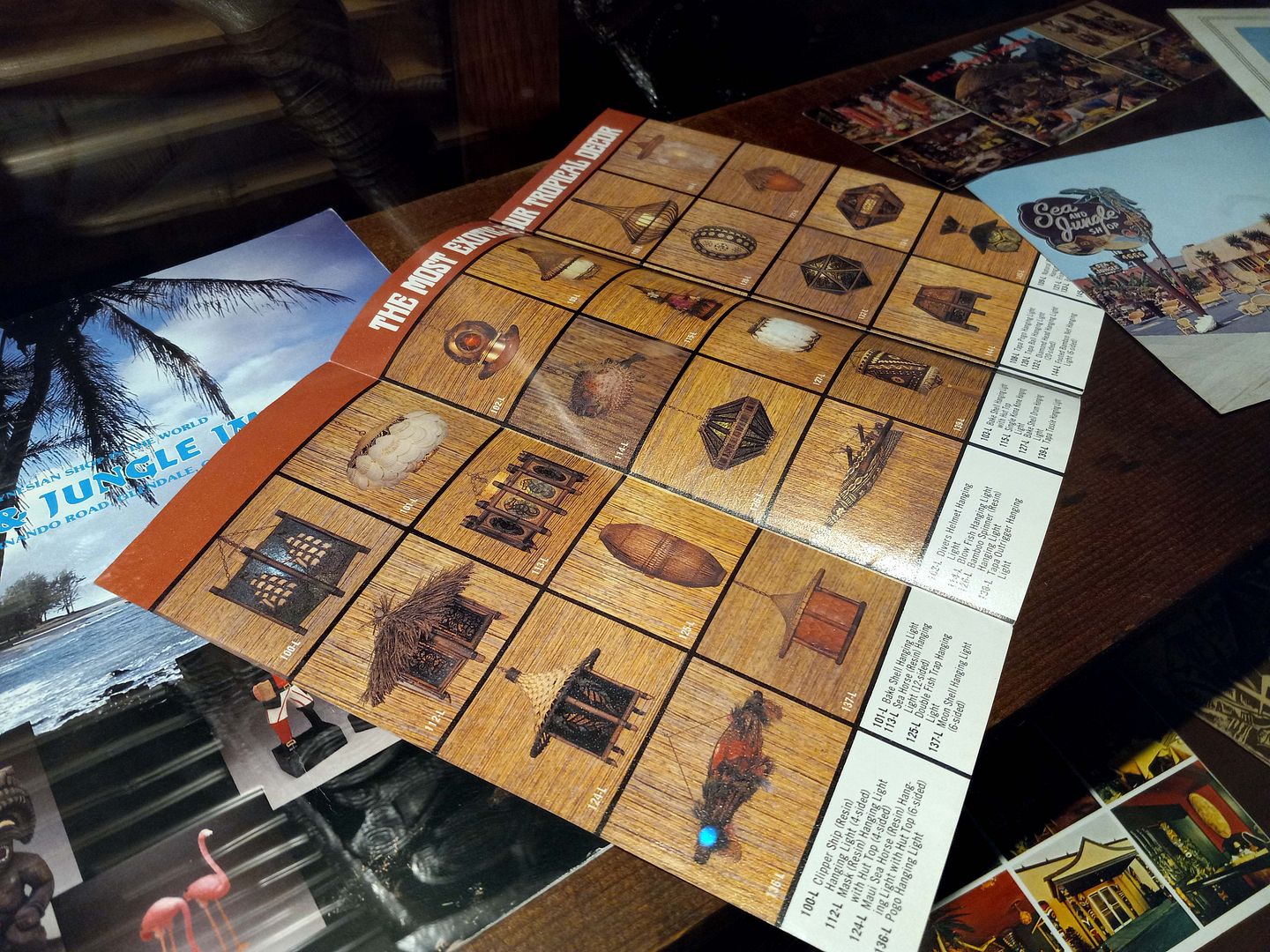
...as well as decorative accessories made of natural materials like woven Lauhala mattings, thatching, bamboo fencing, tapa cloths, and lighting fixtures made of seashells and puffer fish.
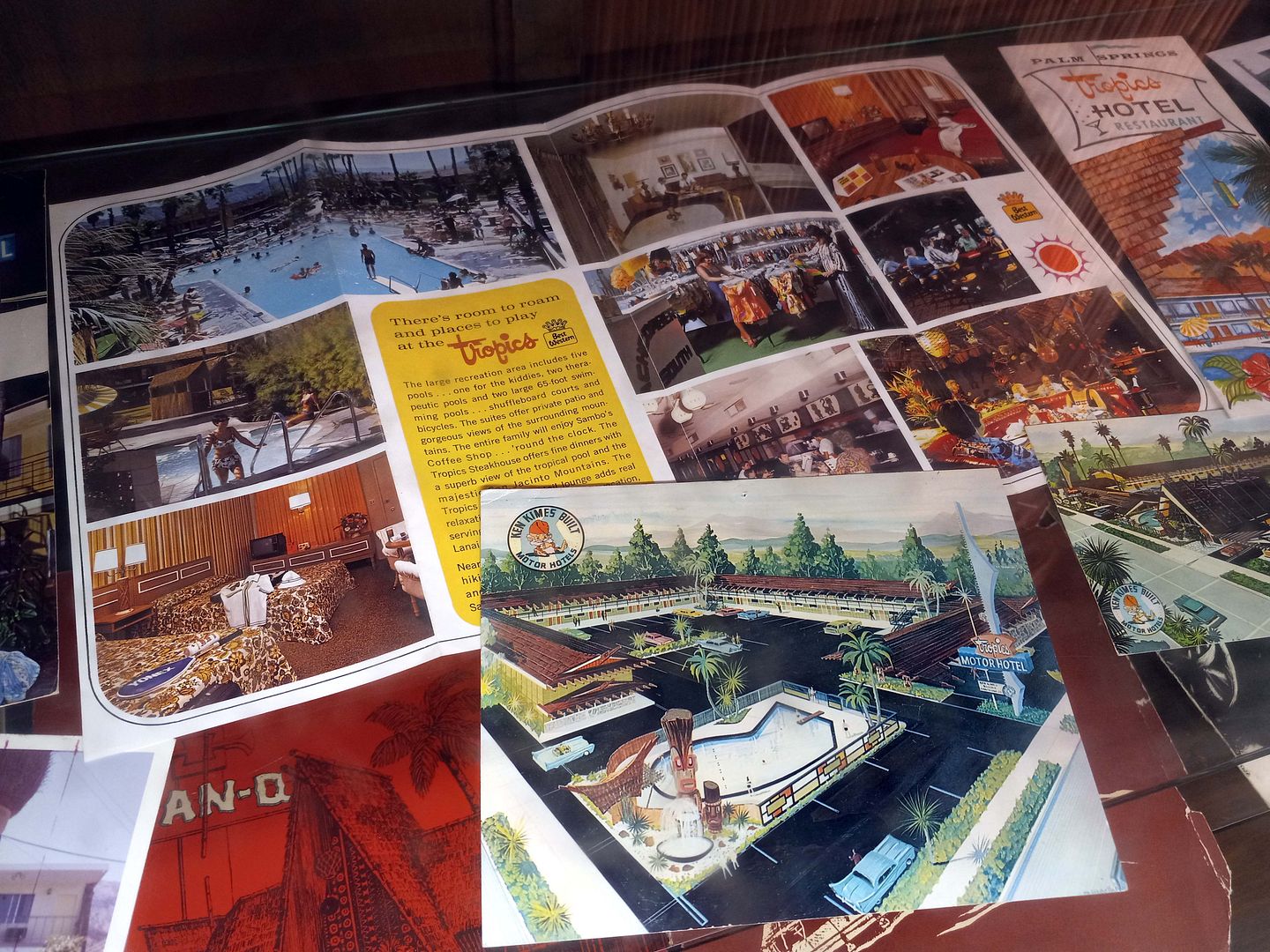
I've been to so many places where Oceanic Arts contributed some sort of decor, from the Enchanted Tiki Room and Trader Sam's at Disneyland...

...to Caliente Tropics in Palm Springs (then known as just the Tropics)...
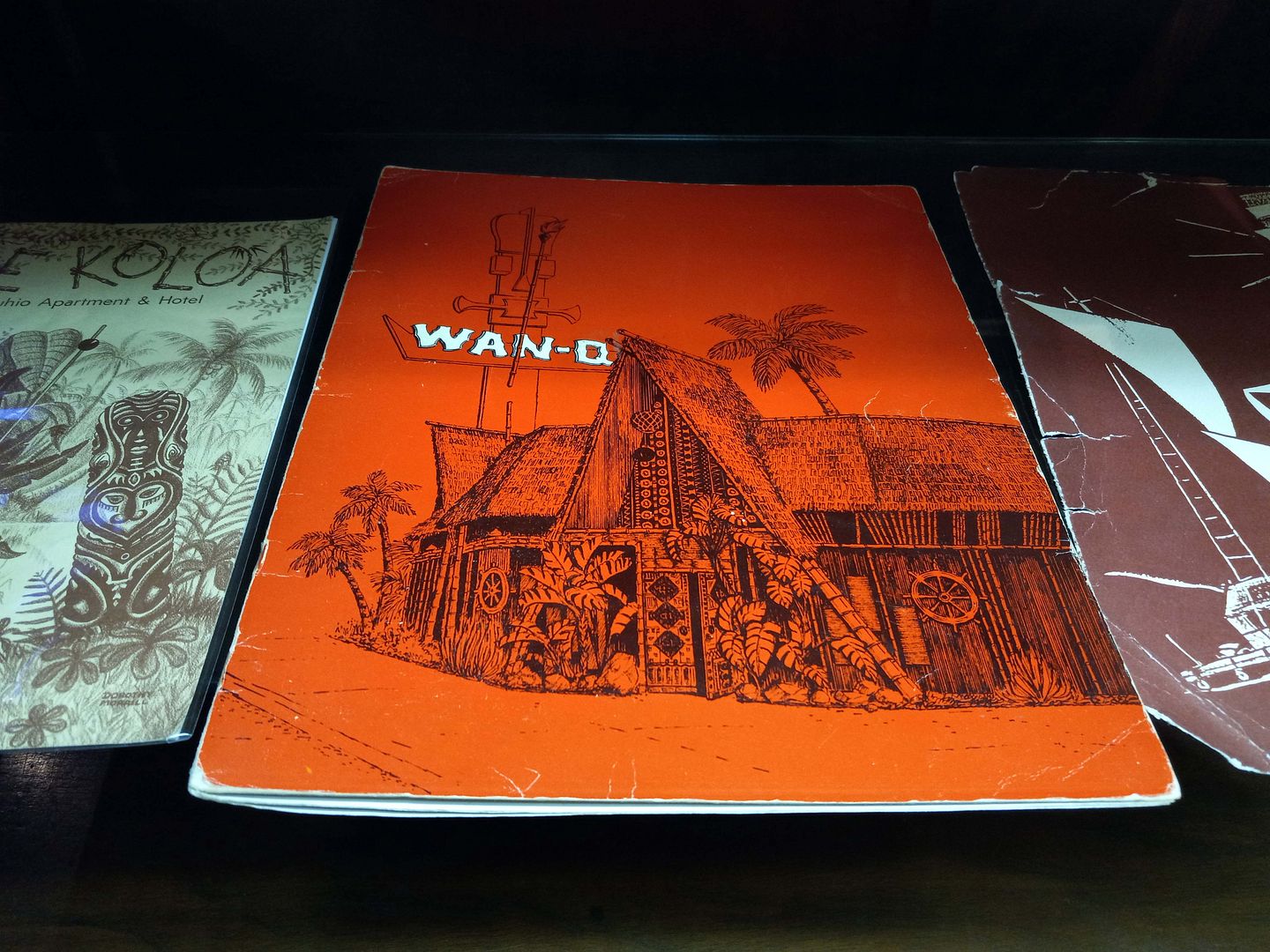
...and Fu's Place in the Los Angeles neighborhood of Pico-Robertson (then known as Wan-Q).
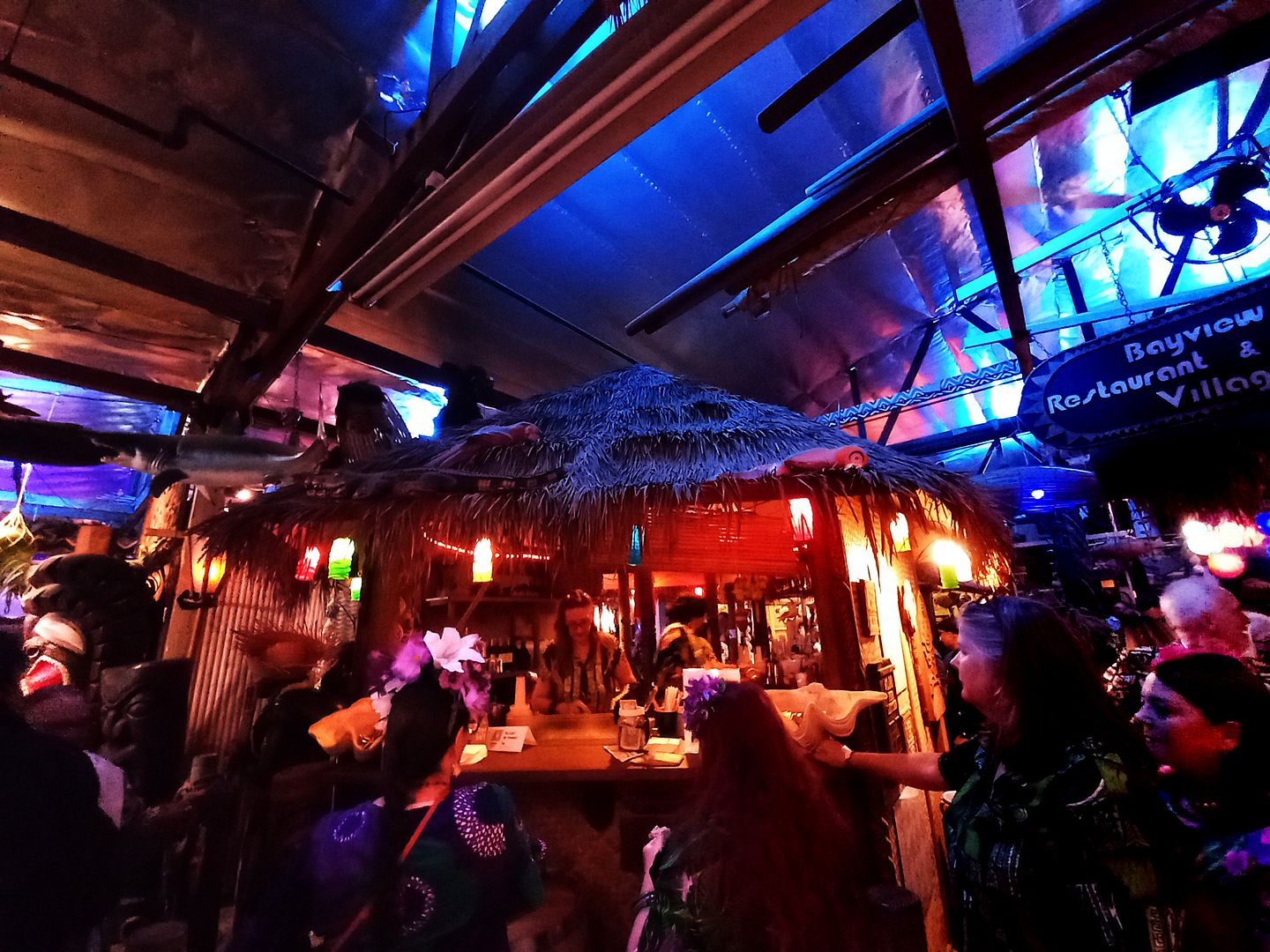
While lots of party attendees spent their time at the event in long lines for cocktails served out of the tiki hut...
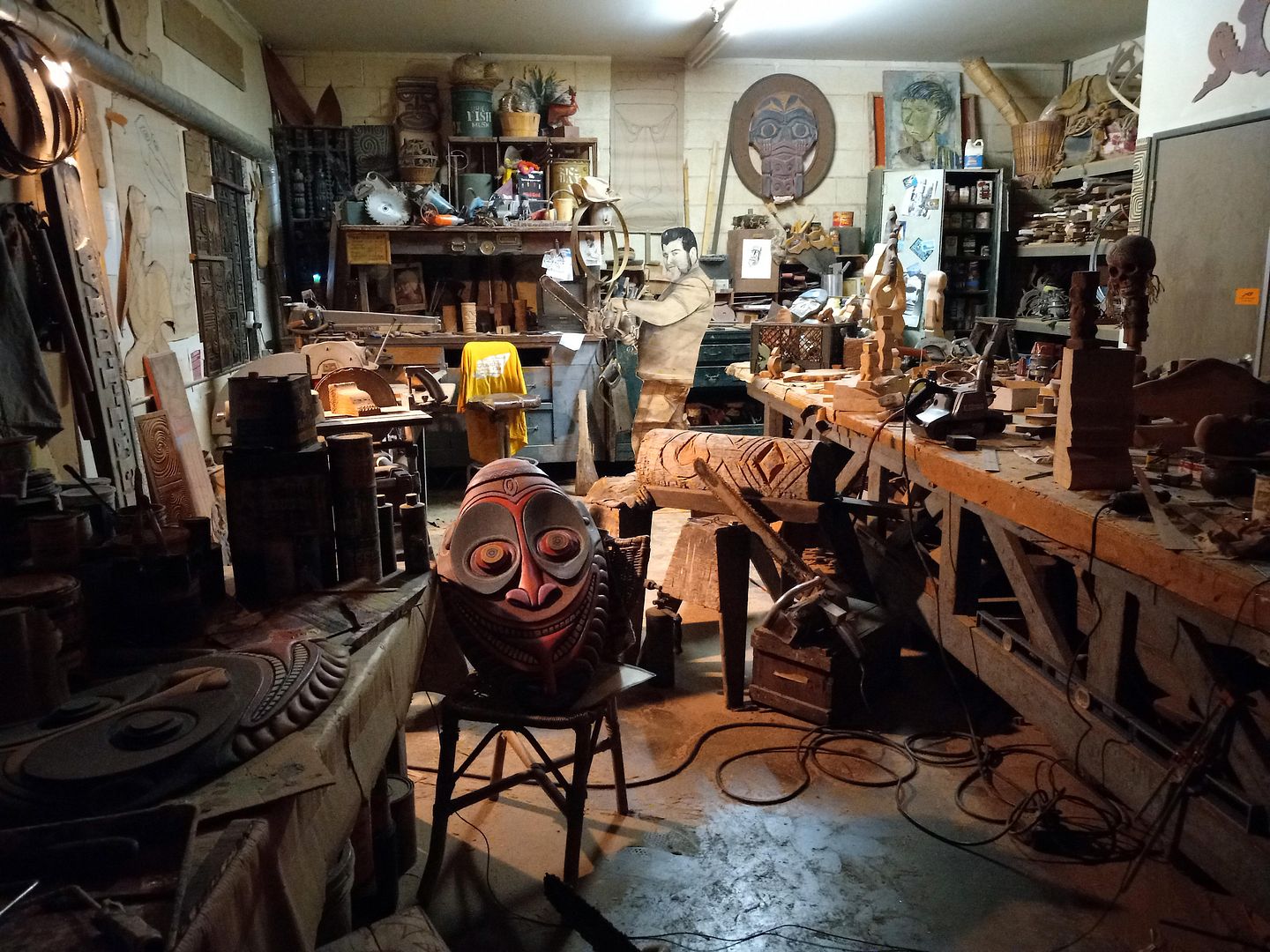
...I wandered into each and every corner that I couldn't ever reach before, including in the workshop, where New Guinea masks were still in progress.
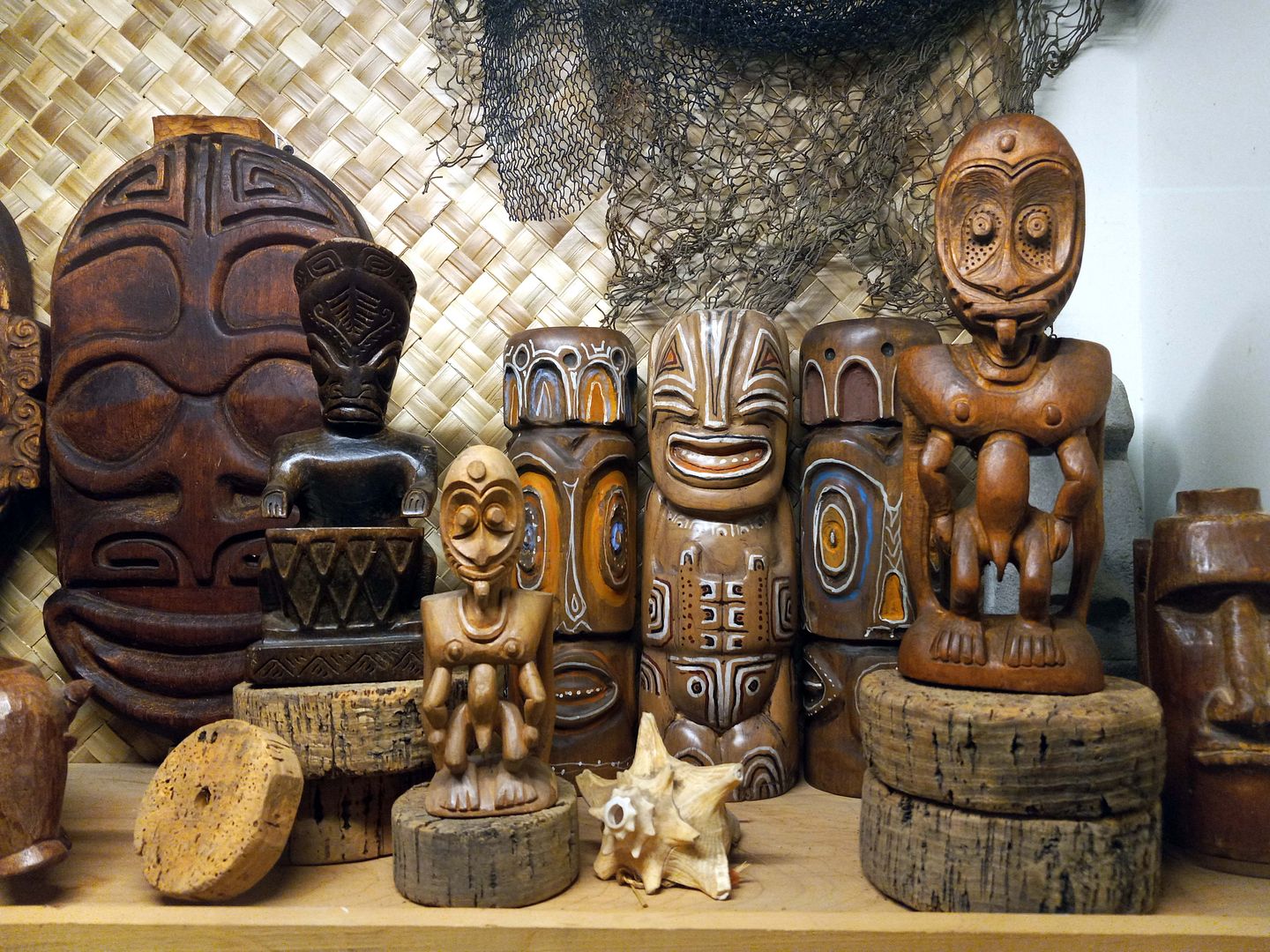
Pretty much everything on display right now at Oceanic Arts (viewable only by those who have a ticket to the sold-out events) is going up for auction later this month...

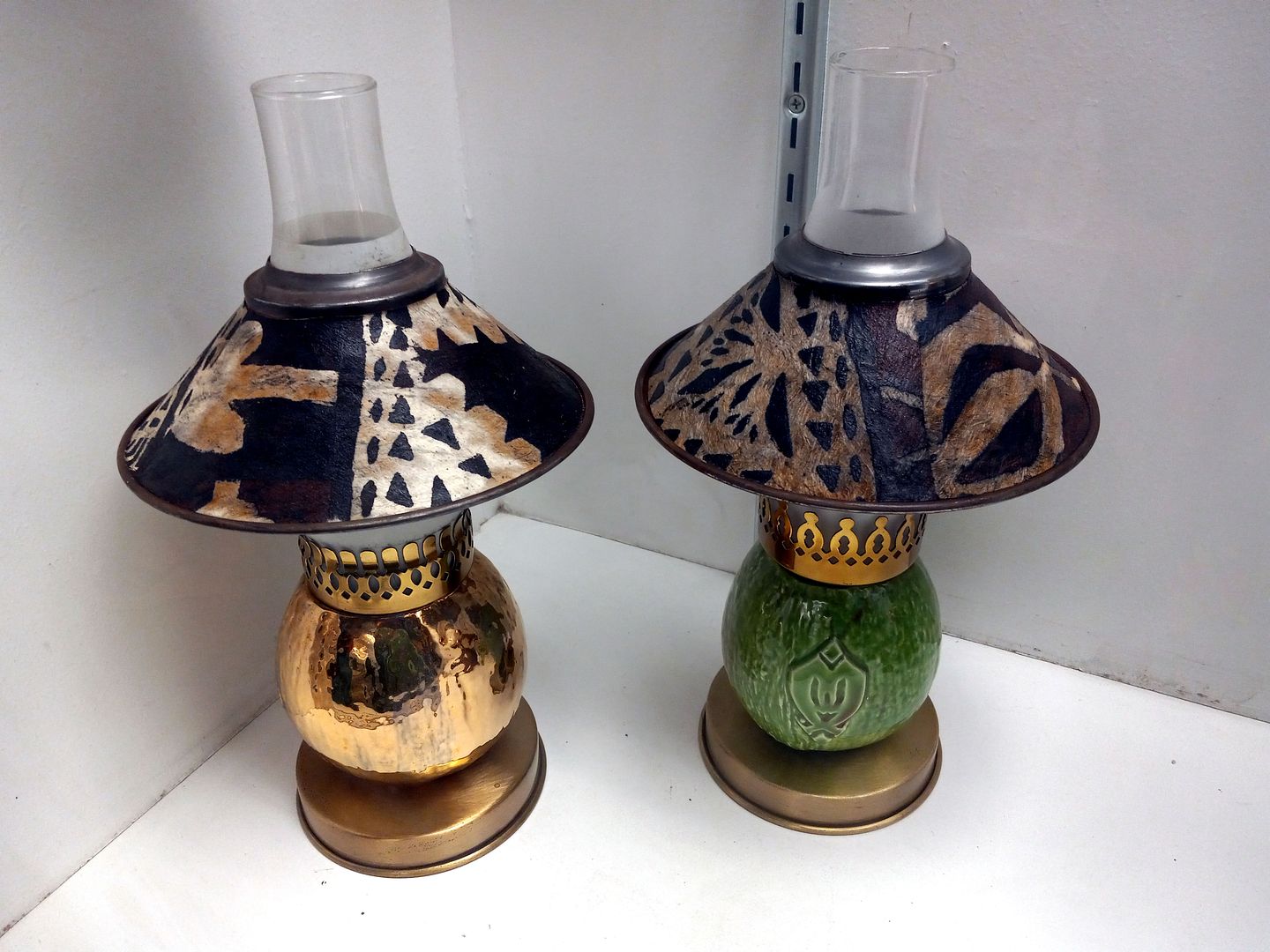
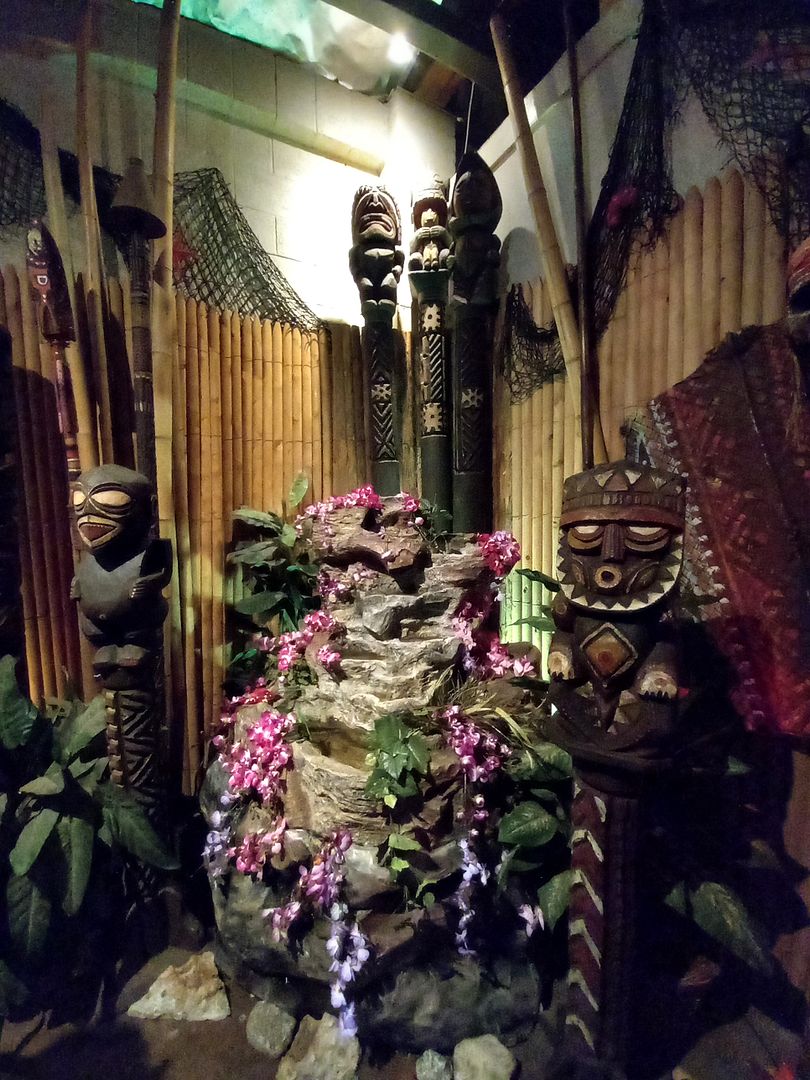
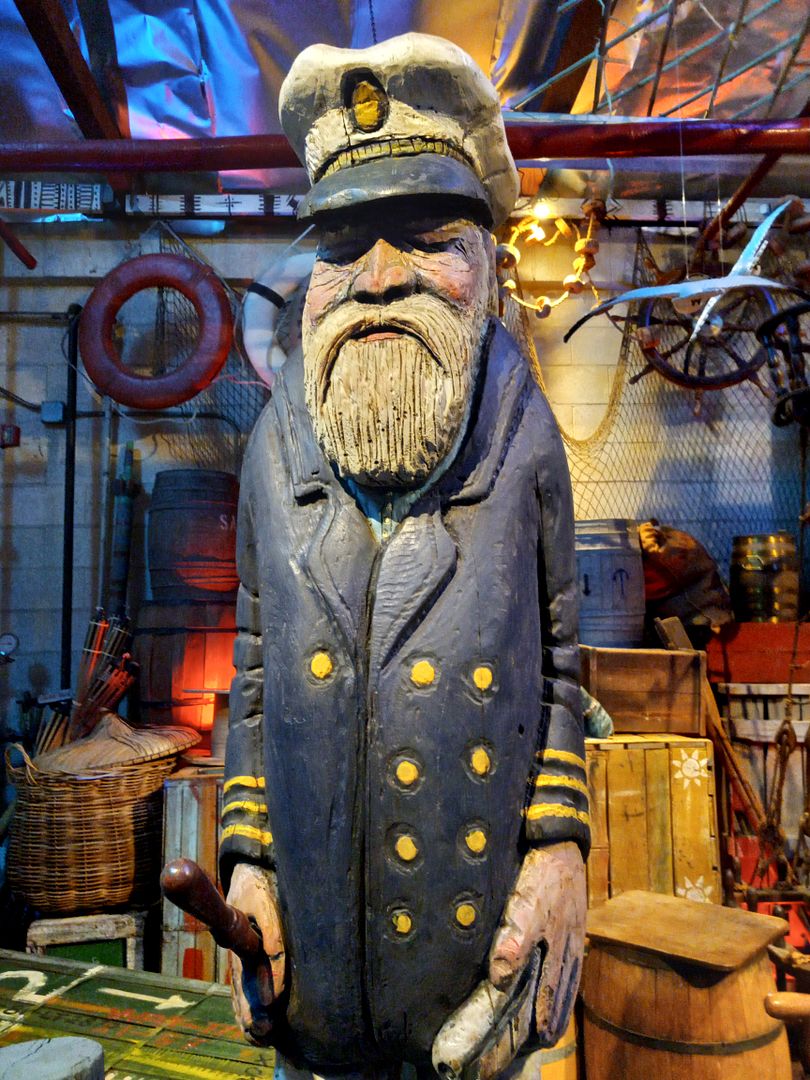


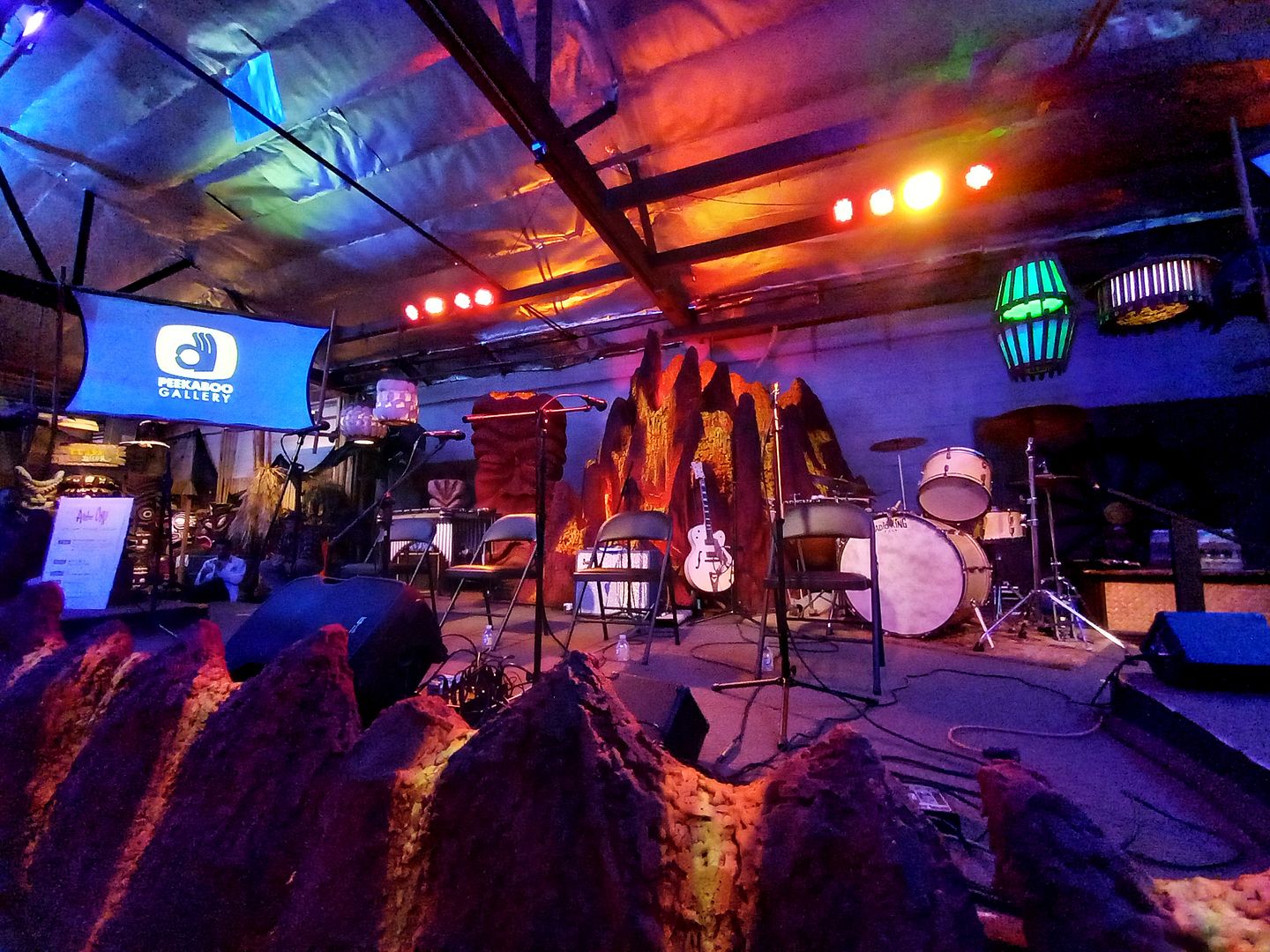

...including original "Husband Killer" tiki mugs (and salt and pepper shakers) from Spurlin Ceramics for the (long-gone) Islander Restaurant in LA...

...various types of housewares...

...larger set pieces, like the kind that have attracted set decorators from Pirates of the Caribbean 2 and 3 and Forrest Gump...

...and some purely nautical decor, too (though apparently not the S.S. Minnow life preserver from Gilligan's Island).

Even the animatronic Herman the Luau Gorilla is looking for a new home—with a starting bid of $300.

It was a fitting sendoff for Oceanic Arts, and the two men who've been at the helm for all these years...

...with a slideshow of their story...

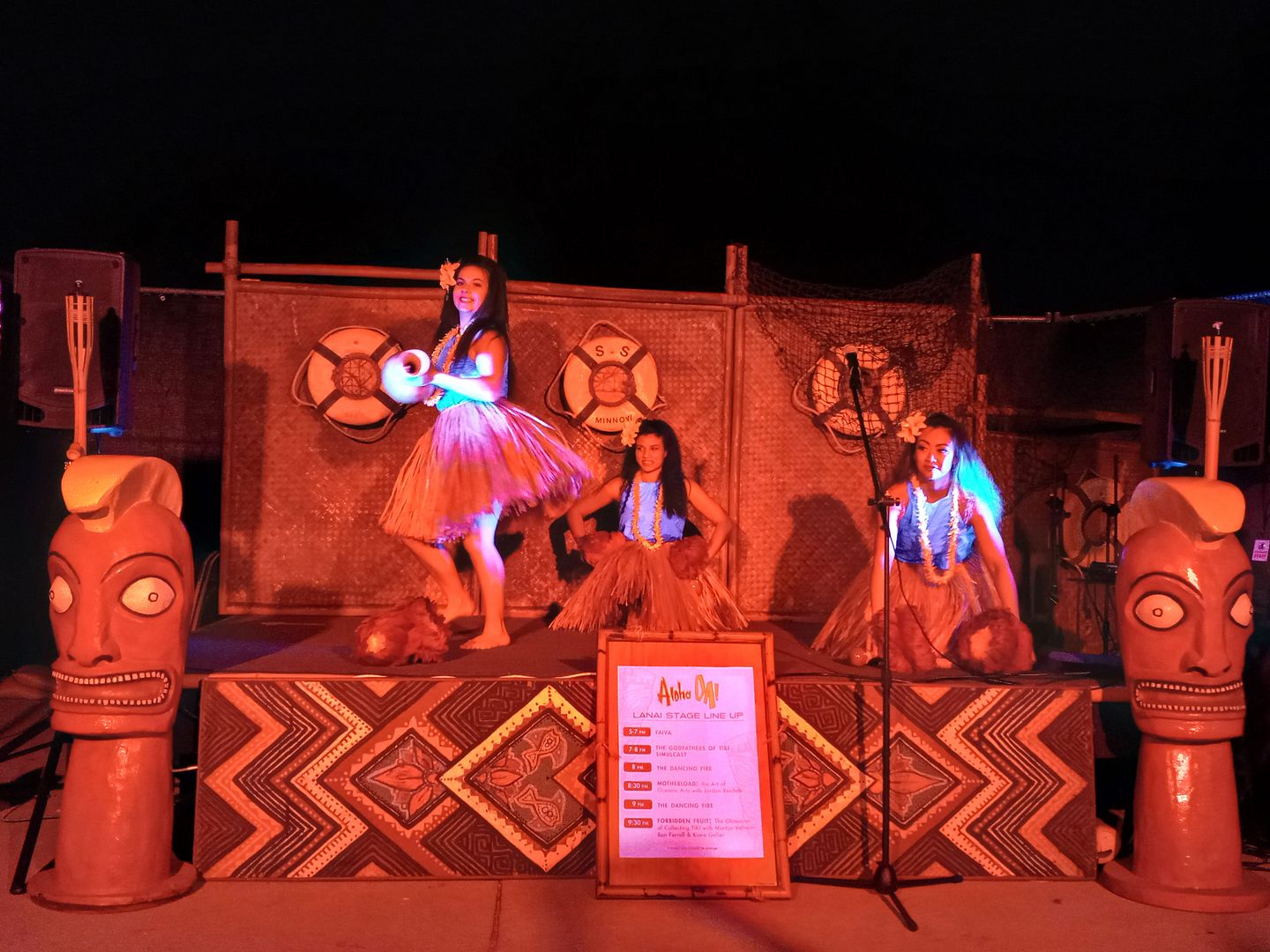
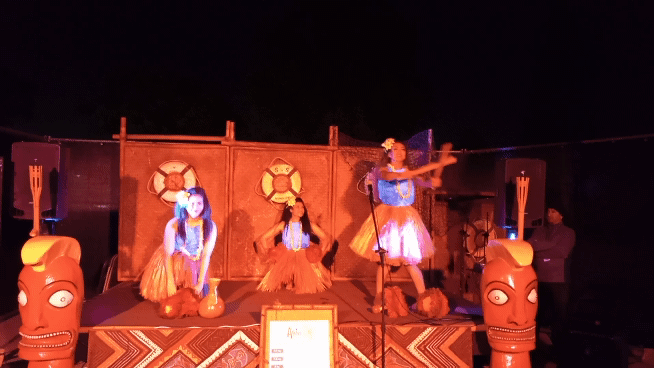
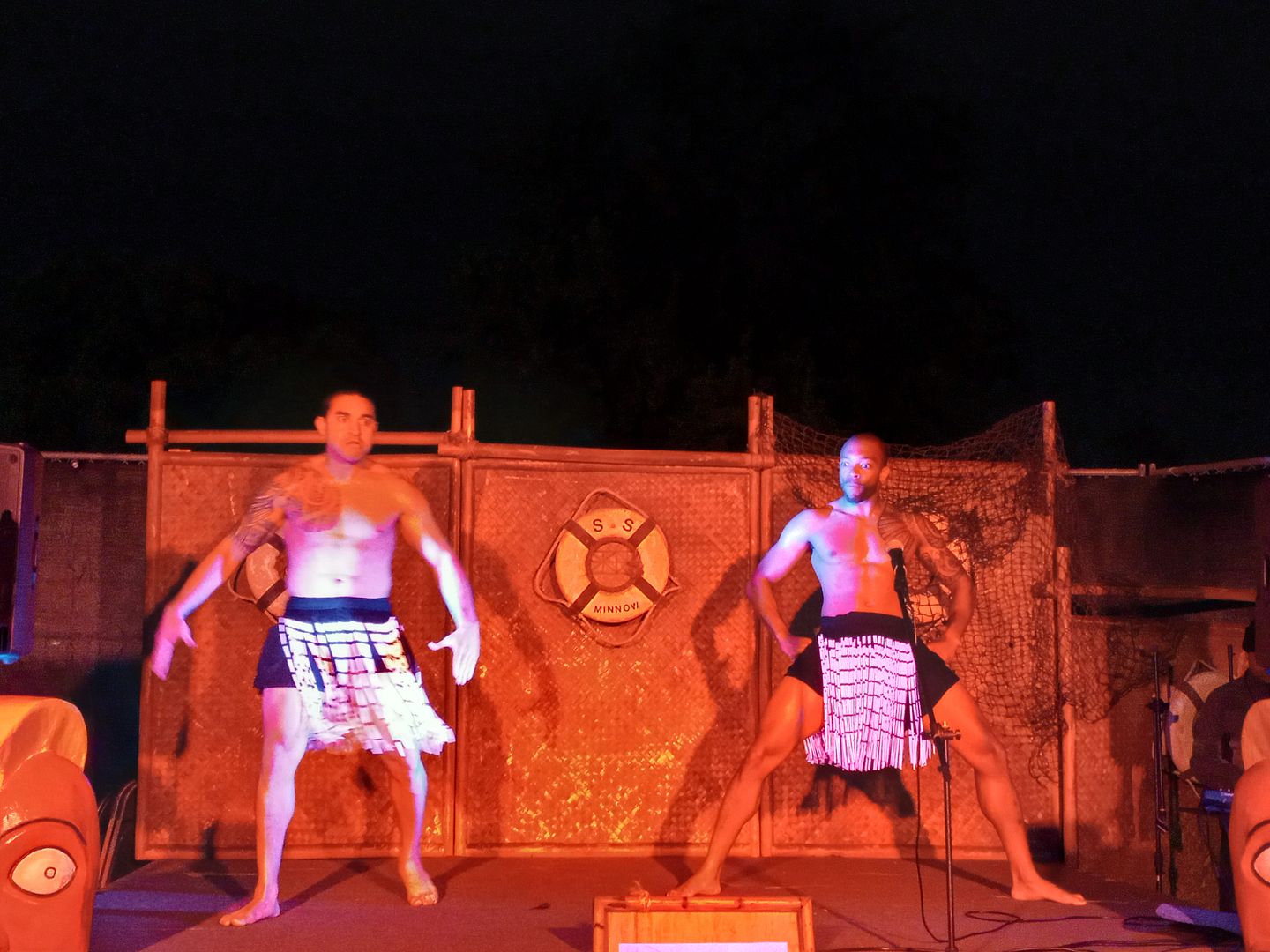
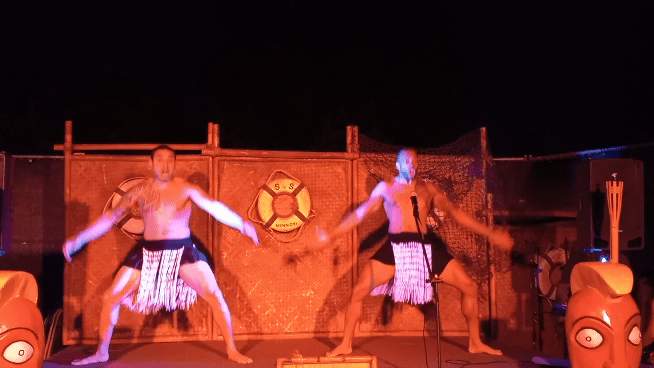

...and entertainment by The Dancing Fire dance company...

...whose Polynesian dancers brought some authentic hula to the outdoor stage...

...with a pu'ili stick routine...

...and even a Haka dance from Māori culture.

Where will new tiki bars get their decor from? Fortunately, there's a new generation of tiki carvers out there—Tiki Diablo, Bosko, Bamboo Ben, Coastal Tikis, and I'm sure many more I'm not yet familiar with.
They're responsible for such great tiki bars as Undertow in Phoenix, Tiki Ko in Bakersfield, False Idol in San Diego, The Bamboo Club in Long Beach, Strong Water in Anaheim, and so on.
After all, we're in the middle of a Tiki Revival right now. And it's going to keep getting bigger.
Besides, there are plenty of multi-colored glass fish floats, skulls, volcanos, fogging fountains, monstera leaves, palm fronds, bamboo sticks, coconuts, rum barrels, and canoes to go around without dabbling in cannibals, shrunken heads, deities, and other aspects of cultures we don't fully understand.
Leroy and Bob took the time and effort to travel to those islands and learn from the locals—but not everybody does.
Related Posts:

No comments:
Post a Comment